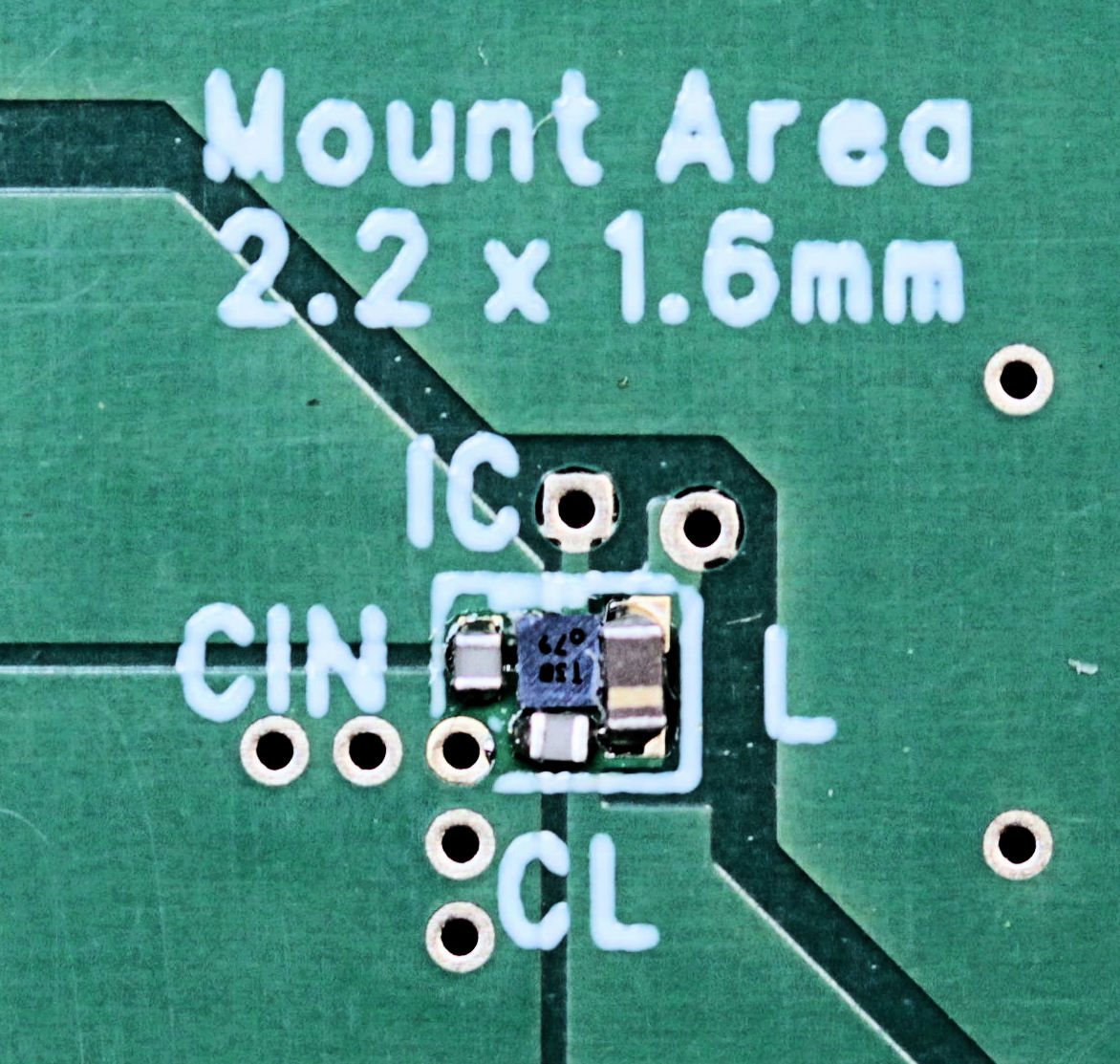Shrink rays are a common trope with a long history in science fiction. The first time I saw one “in use” was in the 1966 film Fantastic Voyage and Isaac Asimov’s book based on the film’s screenplay. In Fantastic Voyage, movie and book, the shrink ray is used to miniaturize a submarine named Proteus so that it can be injected into a person to perform some delicate brain surgery using a very new-at-the-time laser – also miniaturized. (It was also the late Raquel Welch’s debut film for 20th Century Fox. She too was miniaturized.) Another shrink ray appeared in several related movies starting with Honey I Shrunk the Kids, followed by Honey I Blew Up the Kid, Honey We Shrunk Ourselves, and Honey I Shrunk the Kids: The TV Show. Mega supervillain Gru used a shrink ray to miniaturize and steal the Earth’s Moon in Despicable Me.
Of course, shrink rays don’t exist, but they might serve as an amusing explanation for just how Torex Semiconductor was able to fit one of its new XC9290 and XC9291 step-down switching regulator ICs, an input capacitor, an output capacitor, and an inductor into a 2.2 x 1.6 mm footprint on one side of a pc board. The actual miniaturized regulator chip is available in either an LGA-6B01 (1.2 x 2.2 x 0.3mm) or a WLP-5-08 (0.96 x 0.88 x 0.33 mm) package with a 0.5mm pad pitch. The regulators’ nominal switching frequency is either 4 or 6 MHz, which explains the devices’ ability to use such a small inductor to create a complete switching regulator. The high switching frequency also lowers output voltage ripple.
These two device families have fixed output voltages, which are set at the factory. They’re available with output voltages ranging from 0.7V to 3.6V in 0.05V increments, so there are 59 output voltage steps in each family. For all devices, the maximum output current is 600mA. These devices are designed to be used in point-of-load (PoL) applications where you might frequently use a low-dropout (LDO) linear regulator, but switching regulators achieve better power efficiency with the tradeoff being somewhat higher noise on the supply rail. Usually, switching regulators are somewhat complex, but the design of the XC9290/XC9291 devices using only three external passive components simplifies the design task significantly.
The difference between the XC9290 and XC9291 regulators is the modulation scheme. The XC9290 employs fixed-frequency PWM (pulse-width modulation), operating at either 4 or 6 MHz, depending on the device. This device family is best suited to applications where the load current is relatively constant. The XC9291 automatically reduces its oscillation frequency under light loads, which maximizes power efficiency under heavier loads and reduces switching losses for lighter loads. This device family is best suited for applications where there are significant variations in load current.
Both device families employ Torex’s proprietary HiSAT-COT output response control. According to the company, this modulation control scheme better suppresses frequency fluctuations caused by load and input voltage fluctuations with a response speed that is eight times faster than the company’s previous products that used more conventional PWM control. The company also claims that HiSAT-COT modulation control reduces output voltage drop by 50%. Both device families also incorporate a soft-start feature that gradually increases the output supply voltage after the application of a high-level voltage to the devices’ enable pin. This feature can minimize inrush current during system startup. The devices also offer a couple of safety features, including current limiting and UVLO, a voltage lockout function that disables the devices’ output when the input voltage drops below a preset level, nominally 2.0V.
Beyond the diminutive pc board footprint, there’s another advantage to the miniature size of PoL regulators based on these Torex devices. The small footprint also reduces trace length, which reduces the radiated noise that can be problematic with switching regulators, especially if you place many of them on a board for distributed power supply regulation.
Torex sent me an evaluation board with a 3.3V version of the XC9291 regulator. Its passive devices are sized for a 200mA output current. The board measures 3cm on a side and has just five connections: Vin, Vout, two grounds, and the Enable pin. The regulator components – the IC in the WLP-5-08 package, the input and output capacitors, and the inductor – are mounted in the center of the board, as shown below.

Evaluation board for the Torex XC9291 switching regulator. The regulator components appear in the center of the board and fit in a footprint measuring 2.2 x 1.6mm. Image credit: Steve Leibson
Here’s a closeup photo of the board’s active area:

Closeup photo showing the Torex XC9291 evaluation board’s active component area containing the regulator IC, 4.7 µF input and output capacitors, and the 0.47 µH inductor. The inductor is from Taiyo Yuden, and the capacitors are from Murata. Image credit: Steve Leibson
Decades ago, PoL regulators were relatively uncommon. One 5V regulator with enough output current to supply the entire board might have sufficed. If you had some analog circuitry on the board, you might need ±12V or ±15V regulation as well. However, as Moore’s Law took us down the lithographic rabbit hole, we’ve seen the diminishment and eventual elimination of 5V logic in favor of 3.3V, 2.5V, and 1.8V logic and the dipping of processor and FPGA core supply voltages below 1V. With so many supply voltage needs in today’s system designs, PoL regulators have become quite common. As the need for more and more of these on-board regulators rises, the designer’s focus turns to the power efficiency and pc board footprint of these regulators. FPGAs in particular often need several supply voltages, and putting four or five PoL regulators on a board to accommodate these supply requirements can really chew up circuit board real estate. These are the forces driving the development of small switching regulators like the Torex XC9290 and XC9291 families.
These new Torex regulators appear to be miniaturized versions of the company’s earlier switching regulator ICs. It seems that Torex customers have told the company, “We’d like these to be smaller.” The XC9290 and XC9291 families are the result. However, pc boards to accommodate parts this small are harder and more expensive to make, so I can easily envision some enterprising company taking these switching regulators and pairing them with the appropriate capacitors and inductors to create a line of PoL regulator modules that have somewhat larger dimensions and deliver an all-in-one PoL regulation solution for system makers that might not want to deal with the shrunken features of the actual components.






Amazing! However, we are dreaming of a galvanically isolated, variable voltage, 5A converter, with similar footprint.
Great, theboom. Let me know when you’ve built one and offer it for sale. We’ll be sure to cover it here in EEJournal.
The power density here is truly awe inspiring. Getting watts of power out of something that small almost defies logic. No heat sinking even. Wow!